Anterior cruciate ligament (ACL) injuries are a common concern in sports, often leading to lengthy rehabilitation and potential long-term consequences for athletes. Recent research by Blackburn et al. has shed light on a potentially effective method for reducing ACL injury risk - isometric strength training. This study examined the effects of isometric and isotonic training on hamstring stiffness and ACL loading mechanisms to determine their potential role in ACL injury prevention.
Read the Study: The effects of isometric and isotonic training on hamstring stiffness and anterior cruciate ligament loading mechanisms
The study involved 36 healthy volunteers randomly assigned to isometric, isotonic, and control groups. Participants in the isometric and isotonic groups completed a 6-week training program specifically designed to enhance hamstring stiffness. The results demonstrated a significant increase in hamstring musculotendinous stiffness with isometric training (15.7%), while isotonic training showed a less substantial increase (13.5%) and the control group showed minimal change (0.4%).
The significance of these findings lies in the association between greater hamstring stiffness and reduced ACL loading mechanisms. Previous research has indicated that increased hamstring musculotendinous stiffness correlates with diminished anterior tibial translation and landing biomechanics consistent with lesser ACL loading and injury risk. Therefore, incorporating isometric hamstring training into ACL injury prevention programs may hold promise in reducing the likelihood of ACL injuries.
Notably, the effectiveness of isometric training in enhancing hamstring musculotendinous stiffness was also supported by previous literature. Studies have shown that isometric training leads to greater increases in tendon stiffness compared to isotonic and plyometric training. This suggests that isometric training could be the most effective mechanism for enhancing musculotendinous stiffness.
Considering the potential benefits of isometric training for ACL injury prevention, athletes and fitness enthusiasts may consider implementing isometric exercises with Isophit into their training routines. Isophit offers a range of exercises designed to enhance hamstring musculotendinous stiffness, which may help reduce the risk of ACL injuries.
Isometric strength training shows promise as an essential addition to ACL injury prevention programs. Isophit makes isometric strength training easy. The association between increased hamstring musculotendinous stiffness and reduced ACL loading mechanisms underscores the potential benefits of isometric training in mitigating the risk of ACL injuries. Athletes and fitness enthusiasts interested in ACL injury prevention should consider incorporating isometric exercises, such as those offered by Isophit, into their training regimen.
For further information on isometric strength training and its profound impact on functional health and performance, visit our website at www.isophit.com or reach out to me via my email at brad@isophit.com.
Yours in Isometric Strength,
Brad Thorpe
CEO / Inventor
Isophit

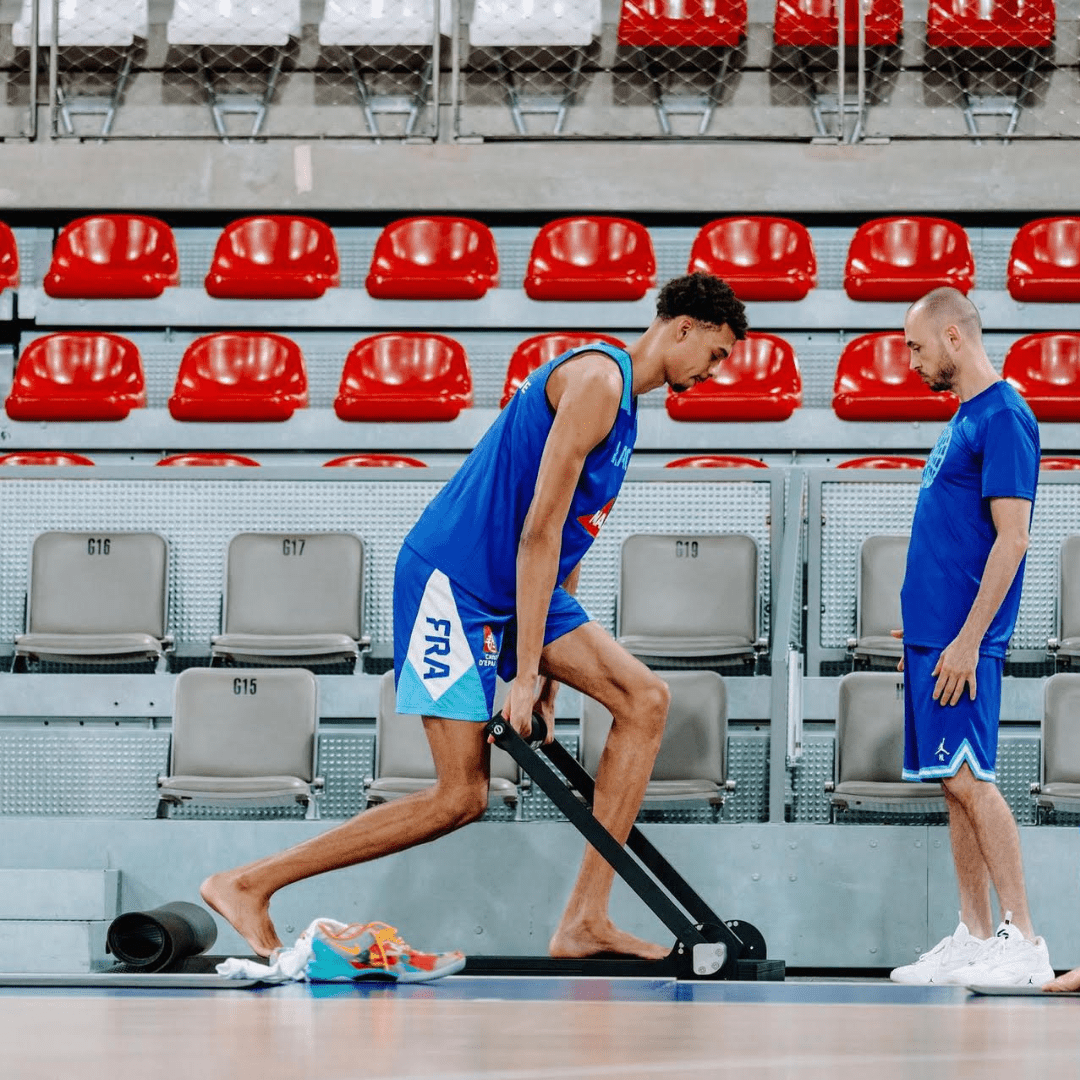


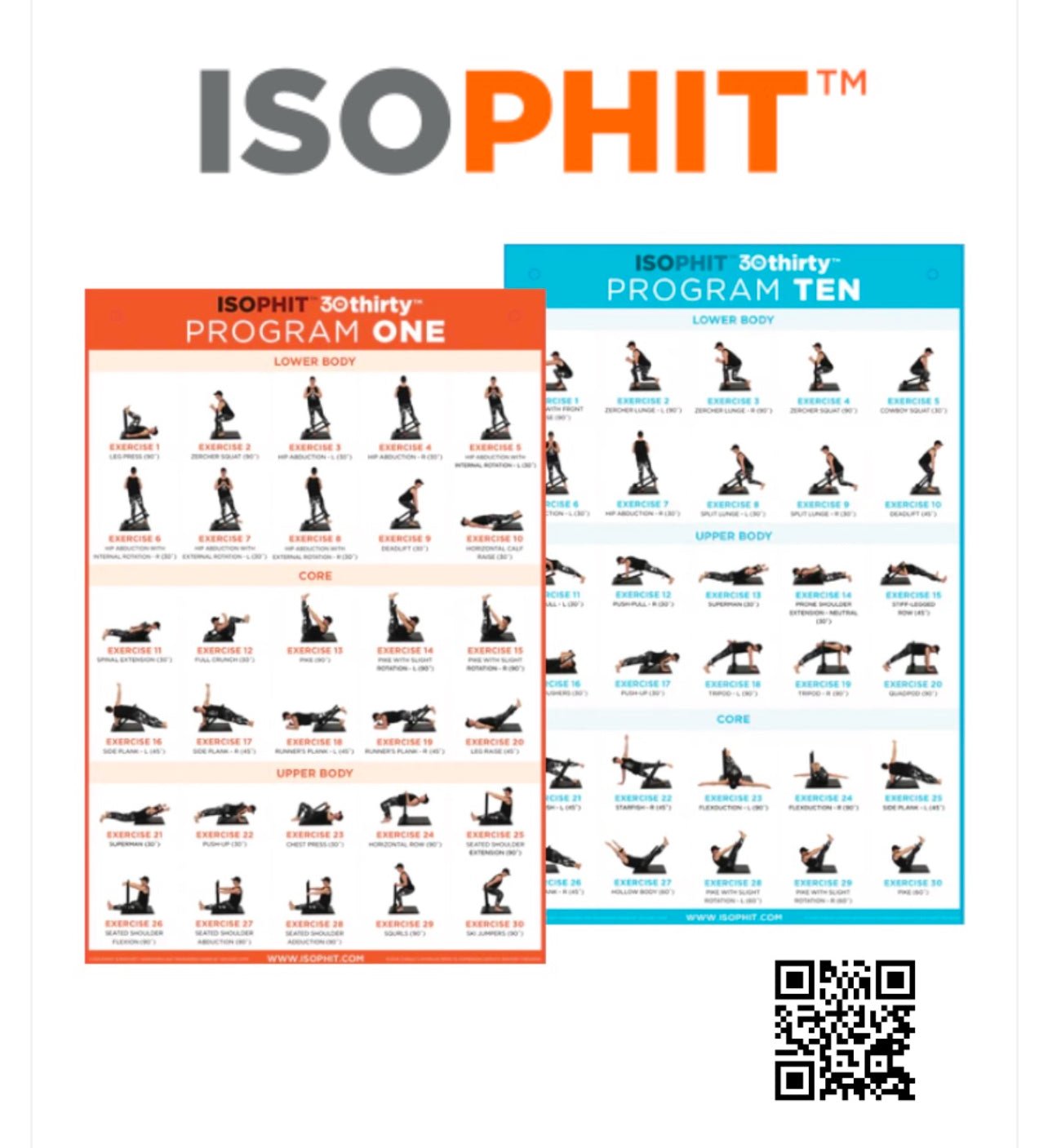

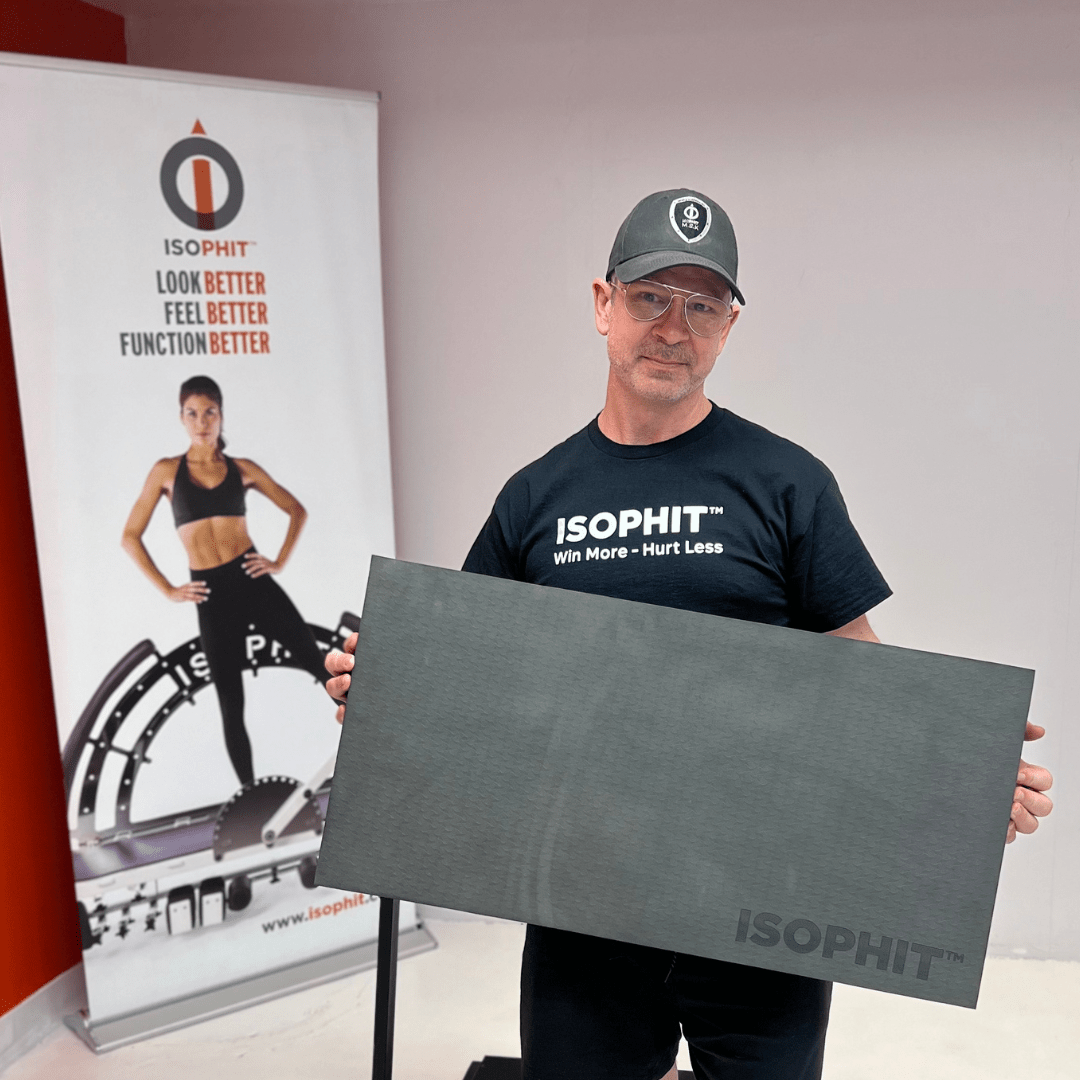
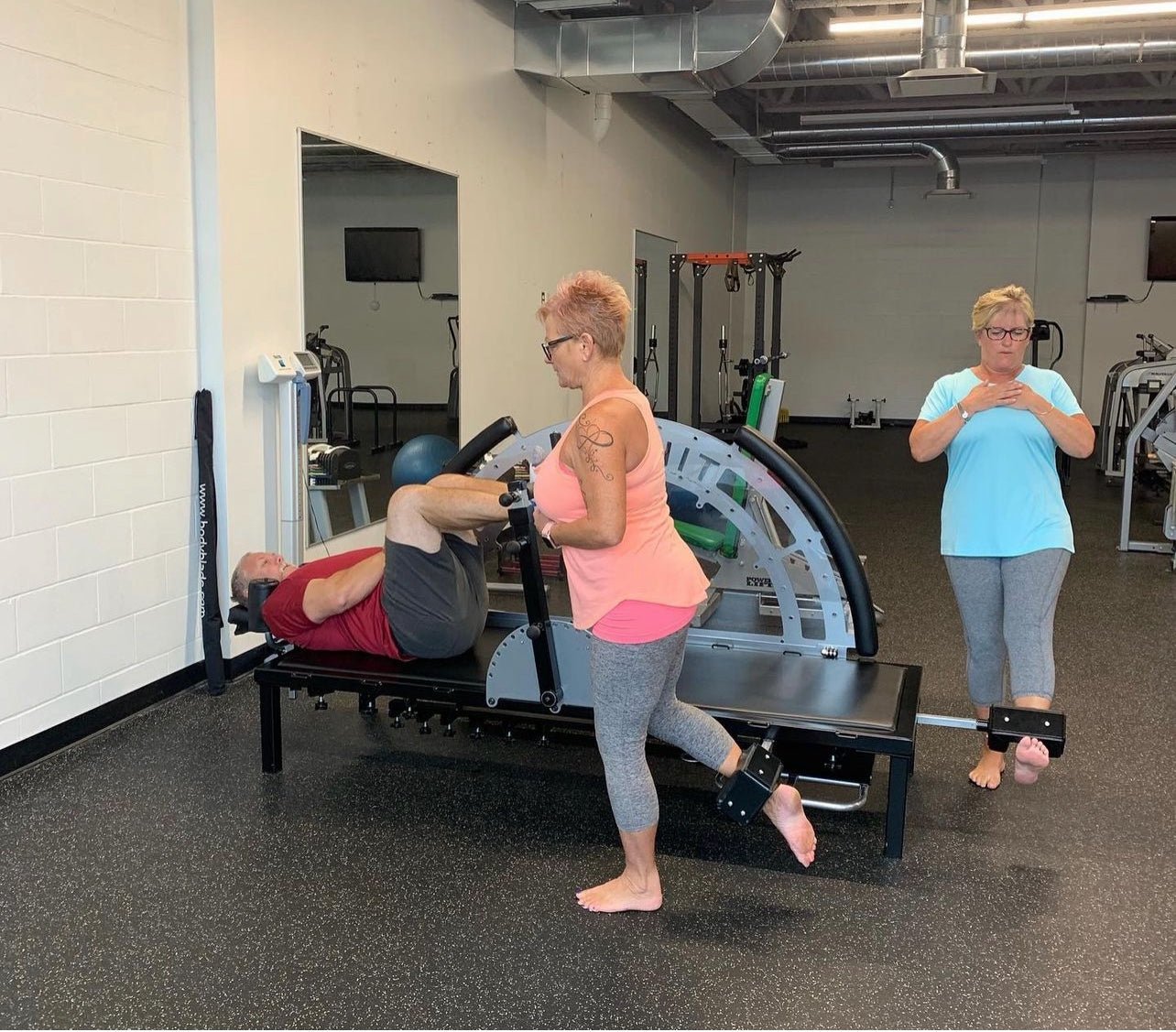
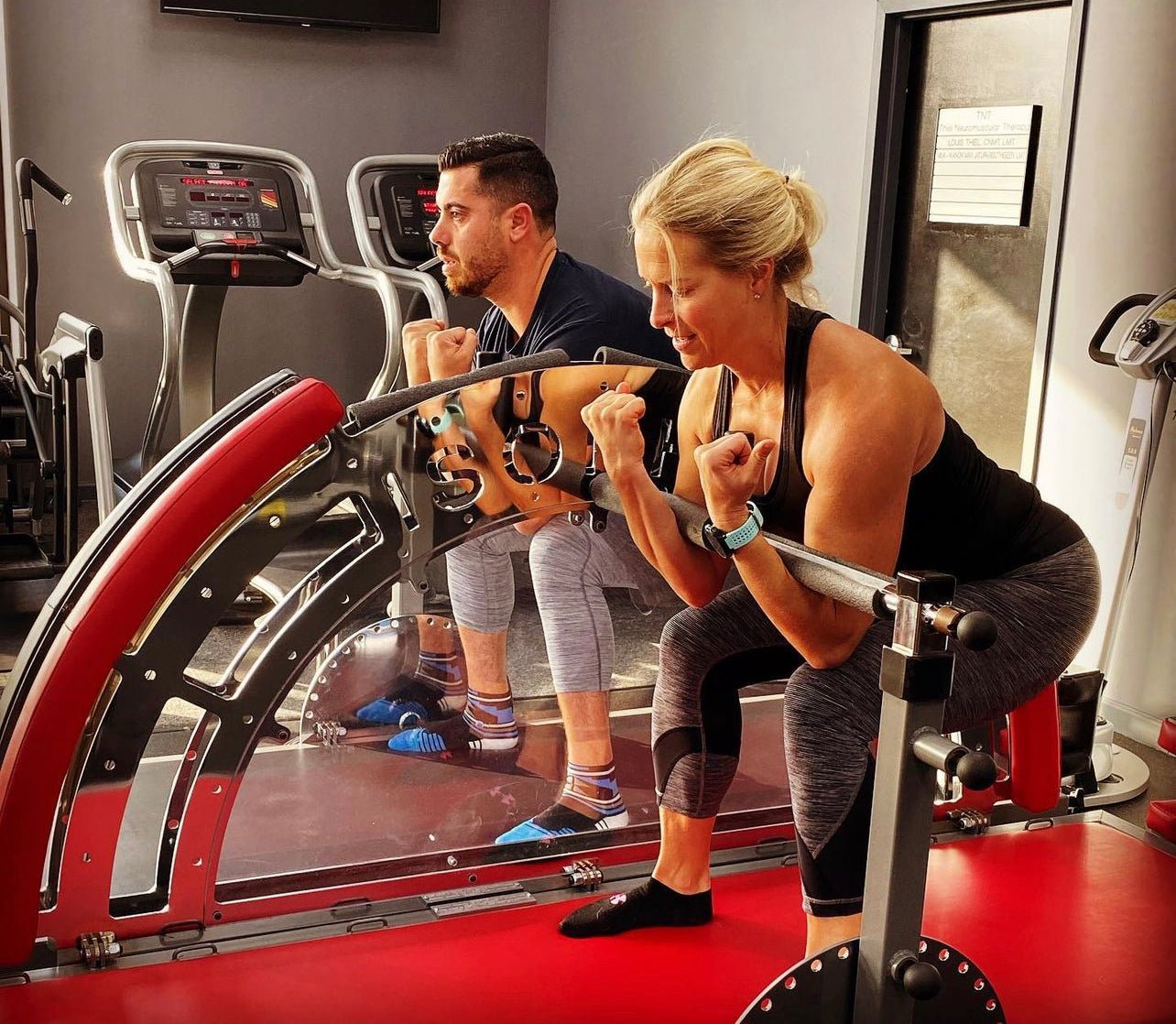
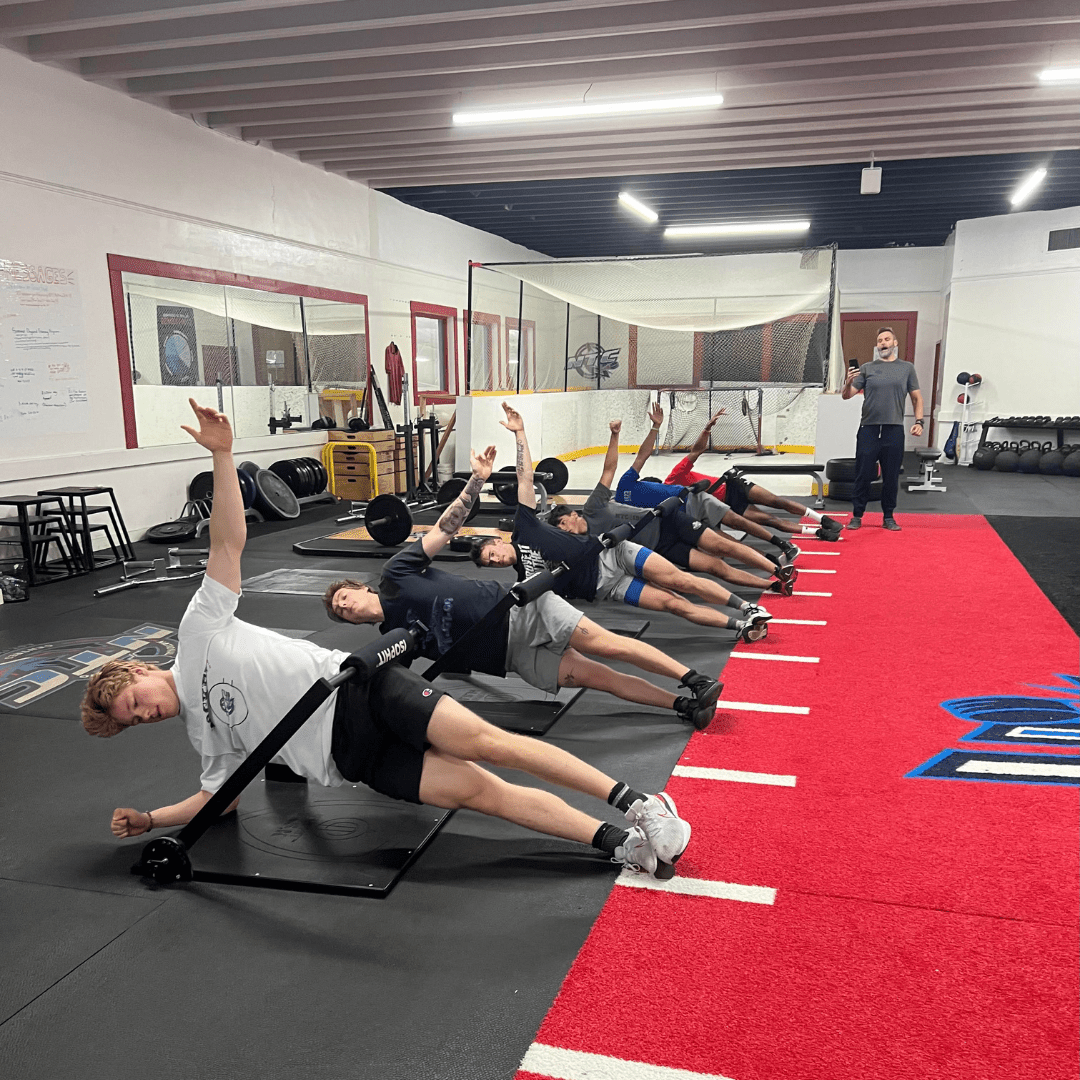
Share:
Isophit: The Importance of Isometric Strength in Weightlifting.
Isophit: Dynamic Training May Produce Suboptimal Gains, Increasing Injury Risk in Athletes.